Want to Take a Road Trip Without Breaking the Bank?
We’ve got 6 tips to keep it fun and budget-friendly
By Monika Ritchie
There’s nothing like a road trip to stir up some fun, nostalgic memories. Stopping for food and snacks, choosing the perfect driving music, and stopping for scenic photos along the way. But before you start packing the station wagon, keep in mind that while taking a road trip to your destination may seem like a budget-friendly option, with costs increasing everywhere, unless you pay close attention and plan ahead, it’s easy to lose track of the many small purchases and expenses you’ll encounter along the way.
If you’re not careful, taking a road trip to save money on your vacation could end up costing you more in the end. So here are our top 6 tips to take a road trip without breaking the bank.
1. Stop More for Picnics and Less for Drive Throughs
Food and snacks are an important part of any good road trip, but the cost of drive-throughs, coffee stops, and other snacks along the way can really take a bite out of your budget.
So instead of buying all your meals and drinks along the way, consider packing a cooler with a picnic for the majority of your food on the trip. If you’re travelling with family and children, pack the cooler with a good mix of healthy and ‘treat’ foods, and encourage each family member, including children – if they’re old enough — to suggest an item or items to include in the picnic.
If you’re travelling with friends, you can ask each member of your travelling party to contribute items for the picnic. Or you can pool your money and shop together, saving on full size packages at the grocery store versus snack sizes at convenience stores and gas stations.
Bring easy to pack and travel-with foods like sandwiches or wraps, fruit, veggies, chips, granola bars, crackers, etc. Not only will you save by making your own travel snacks, you’ll avoid a lot of added sugars, fats, and sodium, from drive-through food.
2. Avoid Impulse Purchases, Make Planned Stops for Meals and Drinks
You don’t have to eliminate the treats entirely – where’s the fun in that? If you do plan to stop for some of your meals or drinks, avoid impulse spending by having a plan in place for where and when you’ll be stopping to eat. Keep in mind, some places tend to serve larger portions, so if that’s the case, consider splitting your meal with a friend or family member.
3. Try to Avoid a Vehicle Convoy, More Vehicles Mean More Expenses
While it might sound fun to head out on your road trip with a large convoy of friends and vehicles, the high gas prices can put a real dent in your budget. Consider carpooling to minimize the number of vehicles you’re taking along. If there are multiple options available, choose the vehicle that has the best gas mileage, and/or one that can accommodate more people, so that you can split the cost of gas.
As a bonus, you’ll be helping to limit the number of vehicles on the road during a busy driving season, making your trip a more sustainable one. You’ll also be able to share driving duties amongst yourselves and enjoy the fun of simply being in a vehicle with friends, snacks, and music.
4. See If You Can Skip the Driving Altogether
Feeling extra adventurous? See if you can skip the driving altogether! Research other options for transportation besides a car. Calculate the costs of each option, e.g. going by bus, train, ferry, etc., and compare those amounts to the cost of gas, insurance, and other expenses that come with driving.
If you can manage it, you might be able to boost your budget by leaving the car at home. Keep in mind though, if you need to travel longer distances once at your destination, you’ll need to factor in the cost of taxis, trains, ferries, ride-sharing apps, and other forms of public transport.
5. Crossing the Border? Plan Ahead to Boost Your Budget
If you enjoy a quick trip to the U.S. for the cheaper prices and great deals, you’re not alone. According to Statistics Canada, in 2023, about 9.5 million people took a same-day trip to the U.S. for leisure, visiting family and friends, work, or shopping.
But before you get your passport out, make a plan for what you’re shopping for and do some calculating ahead of time. Remember to check the exchange rates and calculate what the actual cost of your shopping will be. Don’t forget to include any added taxes, fees, or duties. Once you have the “real” cost of what you’re buying, you’ll be less likely to spend impulsively.
6. Budget Your Time and Your Money
Think about your schedule, what time of the year do you plan on going? Are you flexible with dates? Is this the busy – i.e. expensive – season? All of this will affect your expenses and your budget. If you are able to be flexible, taking your trip outside of the busy season is a smart money move that could boost your budget significantly.
The time of day and week you’re travelling will impact your costs as well. During the weekend you are likely paying a premium to attend attractions, exhibitions, shows, etc. If you can adjust your schedule, weekdays are often discounted to encourage people to come in, as they are considered a “slow” time for places like movie theaters, ice rinks, galleries, etc.
Wondering How to Build a Budget for at Home or An Affordable Vacation? We Can Help!
What your budget looks like depends on your specific financial situation. Whether you’re trying to budget for home use or to get you a much-needed, affordable holiday, we can help. If you want some clarity around budgeting, managing your financial situation, or paying down debts, our friendly, accredited, financial counsellors are here for you. Contact us for an appointment to get started.
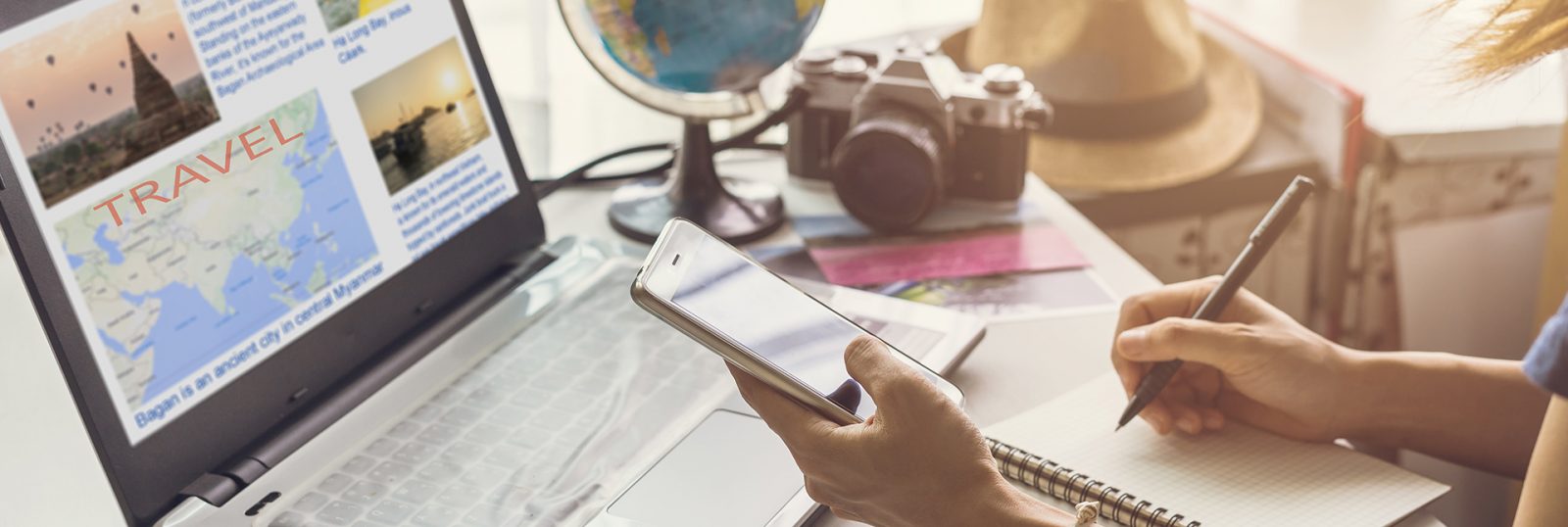
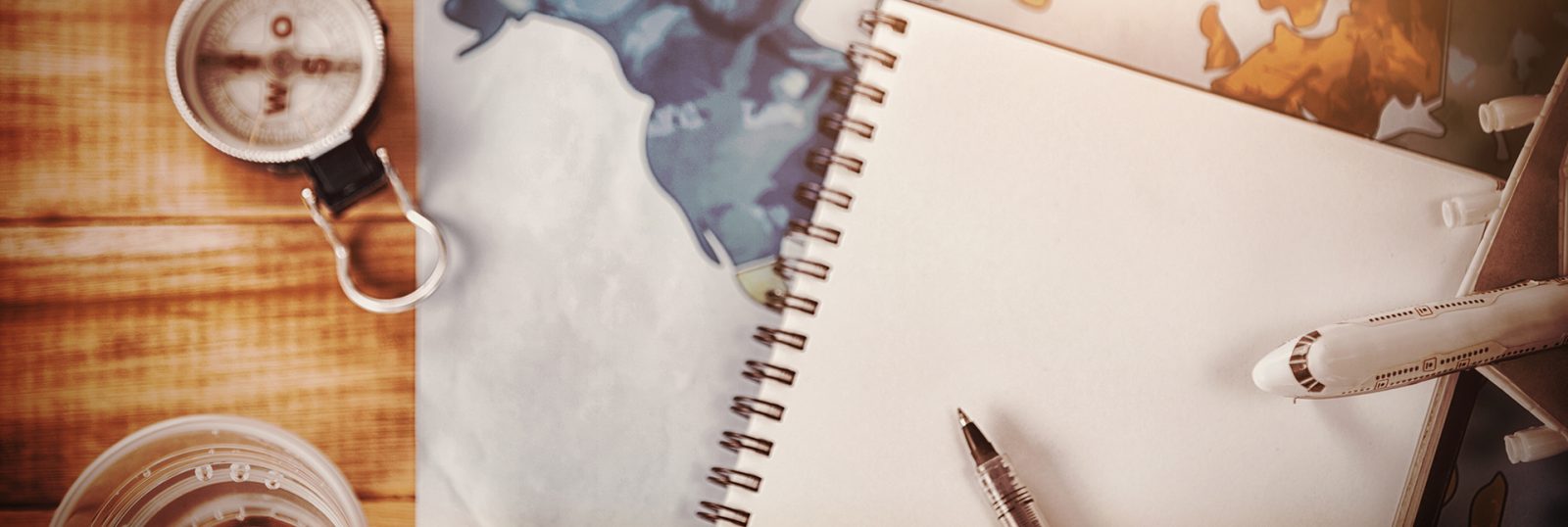
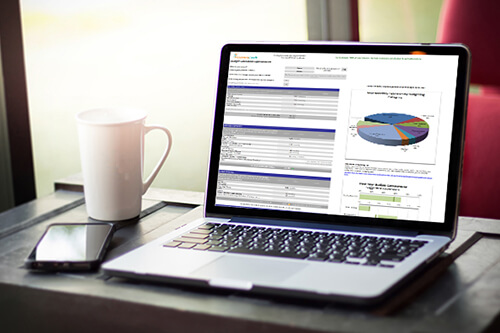
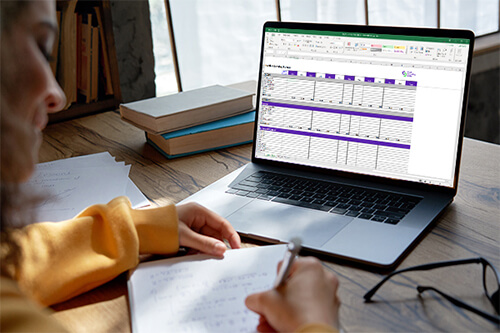
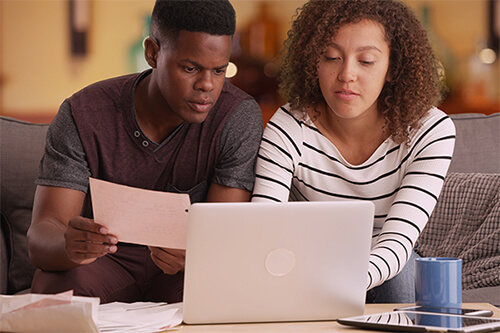
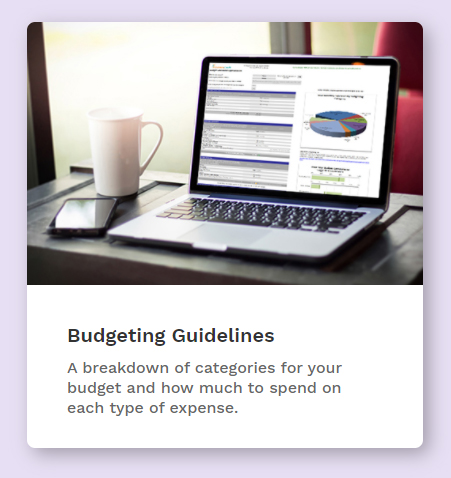
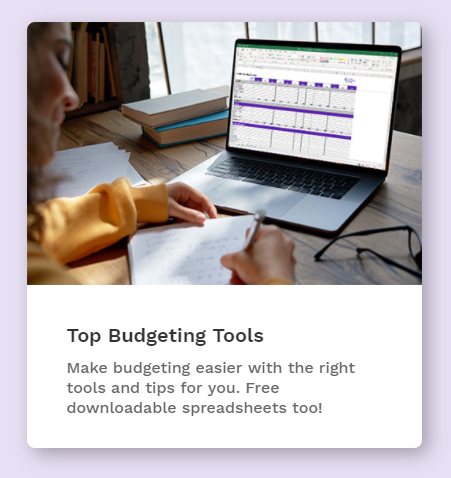


Road trips don’t have to be expensive, and your tips prove it! Love the mix of budget-friendly ideas that keep the adventure alive without overspending. Definitely bookmarking this for my next trip.